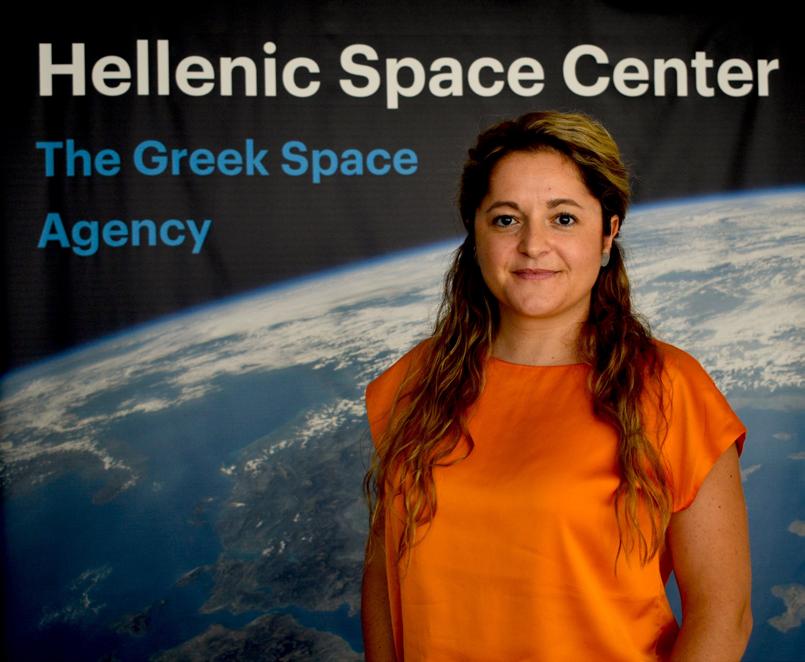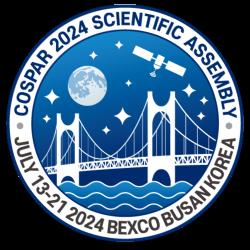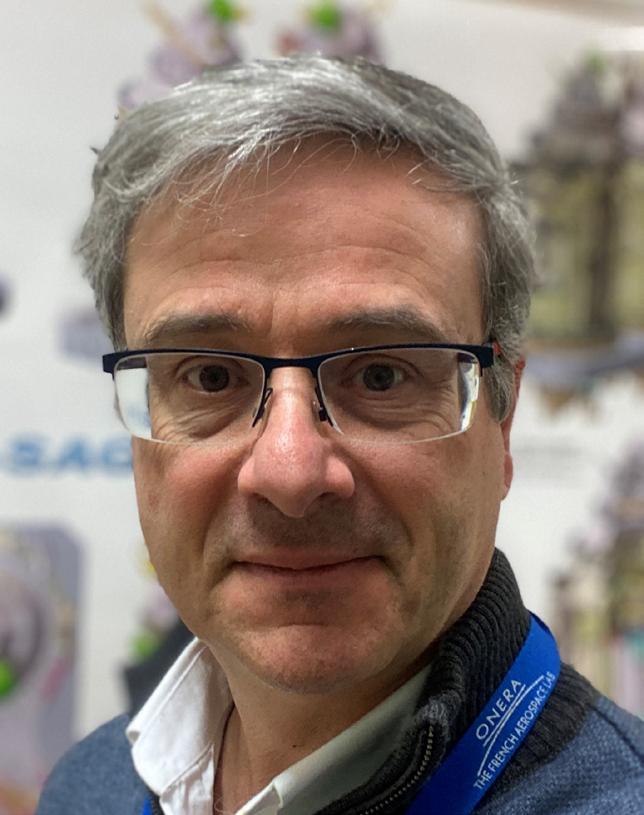
2 minute read
COSPAR Community
45th COSPAR Scientific Assembly and Associated Events

13-21 July 2024, Busan, South Korea
Call for Abstracts here
Anezina Solomonidou - Vice-chair (2022-2026), Sub-Commission B5: Outer Planets and Satellites
Anezina Solomonidou is a planetary scientist specializing in planetary geology and investigating the potentially habitable worlds of our solar system. She obtained her doctorate on astronomy and astrophysics from the Paris Observatory in France. She has worked for many years at NASA's Jet Propulsion Laboratory (JPL) and Caltech in California, USA, on the Cassini-Huygens and the Europa Clipper missions, as well as the European Space Agency (ESA) in Madrid, Spain, for the preparation of ESA’s new space mission, the JUpiter Icy moons Explorer (JUICE). She has authored a plethora of articles in peer-reviewed scientific journals and chapters in books and co-authored more than 10 White Papers to NASA and ESA.
"She has proposed a series of planetary experiments and has contributed to the design of future missions"
She has proposed a series of planetary experiments and has contributed to the design of future missions. She is President of the Division for Planetary and Solar System Sciences
(PS) of the European Geosciences Union (EGU), the Vice-Chair of the Southeast Europe Hub (SEE) of the Europlanet Society and serves for international boards and NASA panels, where she evaluates scientific proposals for planetary research.
Dr Solomonidou is the Main Scientific Organizer (MSO) for COSPAR-2024 Scientific Event B5.2 "Gas Giants and Icy Giants with their Systems’ and the Deputy Organizer (DO) for B5.3 ‘Ocean Worlds: Past, Present, and Future."
Manuel Rodrigues - Chair (2022-2026), Commission H: Fundamental Physics in Space
Manuel Rodrigues is currently head of the Instrumentation and Aerospace Equipment (IEA) unit in Office National d’Étude et de Recherche Aérospatiale (ONERA), France, a team in charge of space accelerometers for Geodesy and Fundamental Physics Missions. He graduated in 1990 from the l’École Supérieure de Physique et Chimie Industrielles de Paris (ESPCI), France.

In 1991, he started as research physics engineer in ONERA in charge of the development and characterisation of thin film sensors. Then in 1994, he joined the IEA team to evaluate the performance of the accelerometers at femto-g levels. He participated in the starting phases of the LISA mission dedicated to gravity wave detection in space. He was also in charge of the performance of the CHAMP (2000) and GRACE (2002) missions dedicated to the Earth’s gravity field mapping. He was a member of the Science Council of the Physics Department of ONERA from 2015 to 2022.
"He participated in the starting phases of the LISA mission dedicated to gravity wave detection in space"
In 2000, he became project manager of the MICROSCOPE payload. MICROSCOPE was a CNES mission aiming at testing the Equivalence Principle in space. After the launch of MICROSCOPE in 2016, he became the CoInvestigator of the mission. After the first release of the MICROSCOPE results, he received the Servant Prize from the French Académie des Sciences in 2019. In 2022, he was co-author of the final release of the MICROSCOPE mission distributed over 12 papers in CQG and PRL.
Since 2011 he has been leading seminars on space sensors for the CIMES Masters at the Université Pierre-et-Marie Curie in Paris, France. From 2014 to 2022, he was a member of the scientific council of the gravitation, references, astronomy, and metrology national programme.
He was nominated member of the Fundamental Physics working group in CNES in 2022. The same year, he was elected chair of the COSPAR Scientific Commission H: Fundamental Physics in Space. He is now in charge of the accelerometer development for the future Mass Change Mission, a NASA program that follows the GRACE-FO mission.







